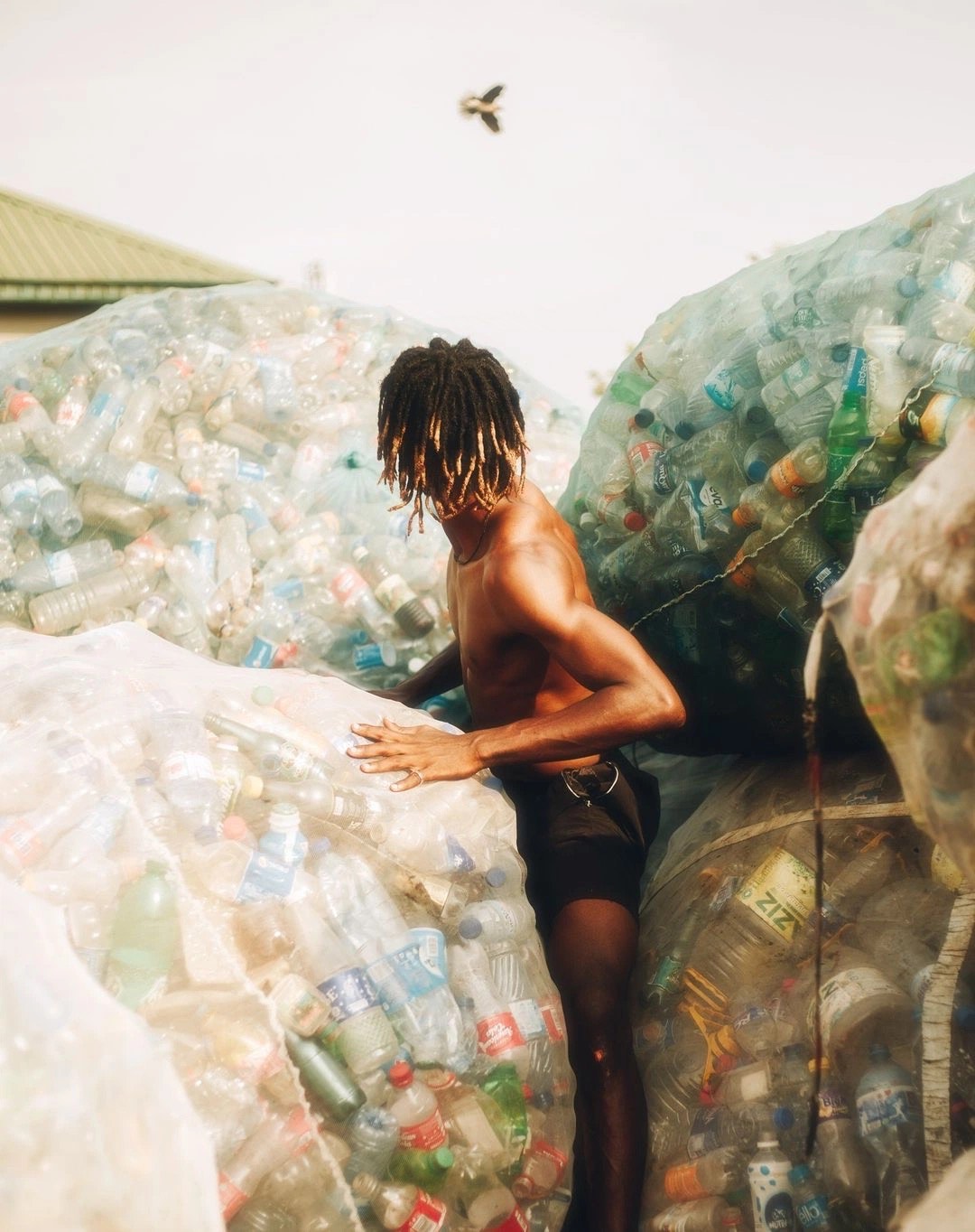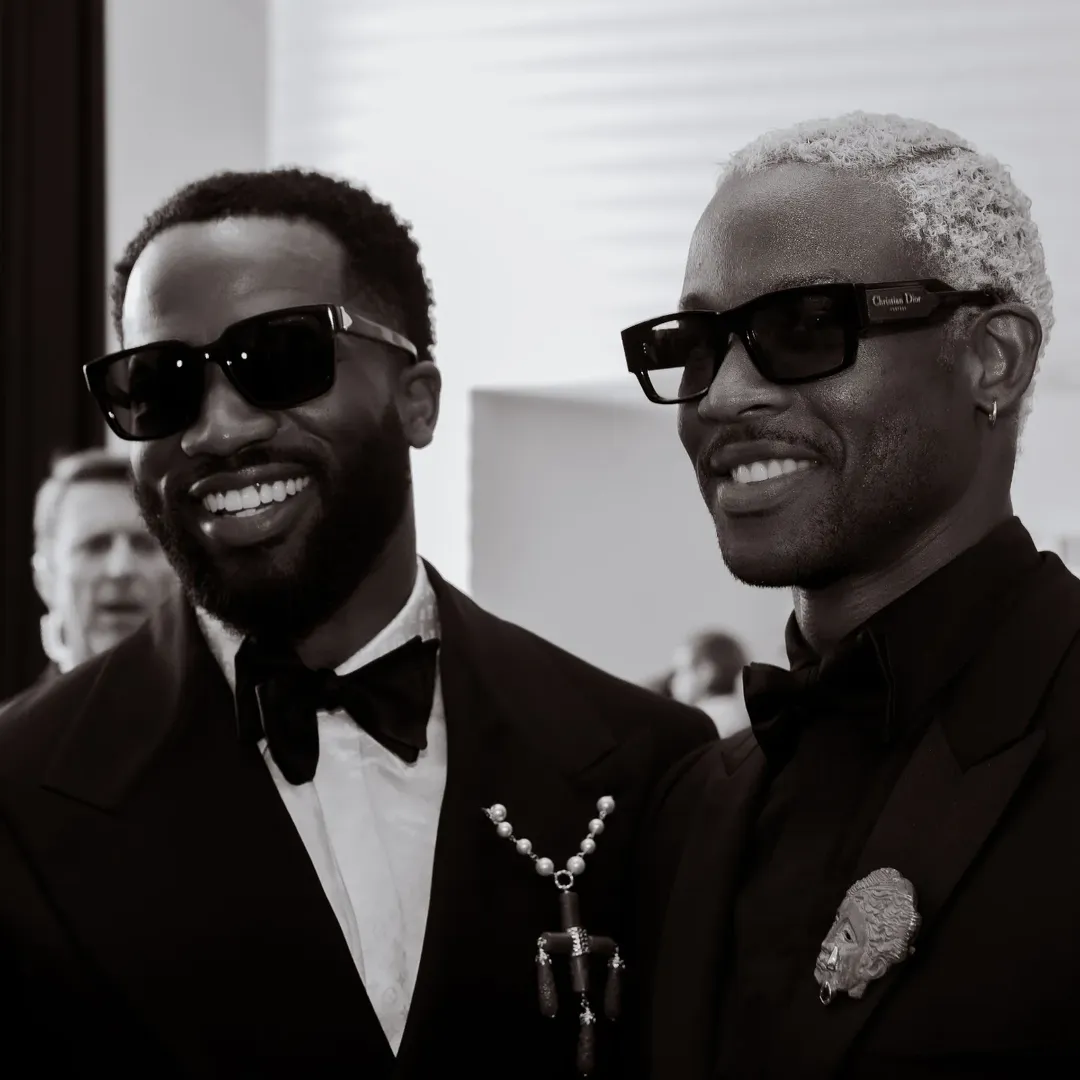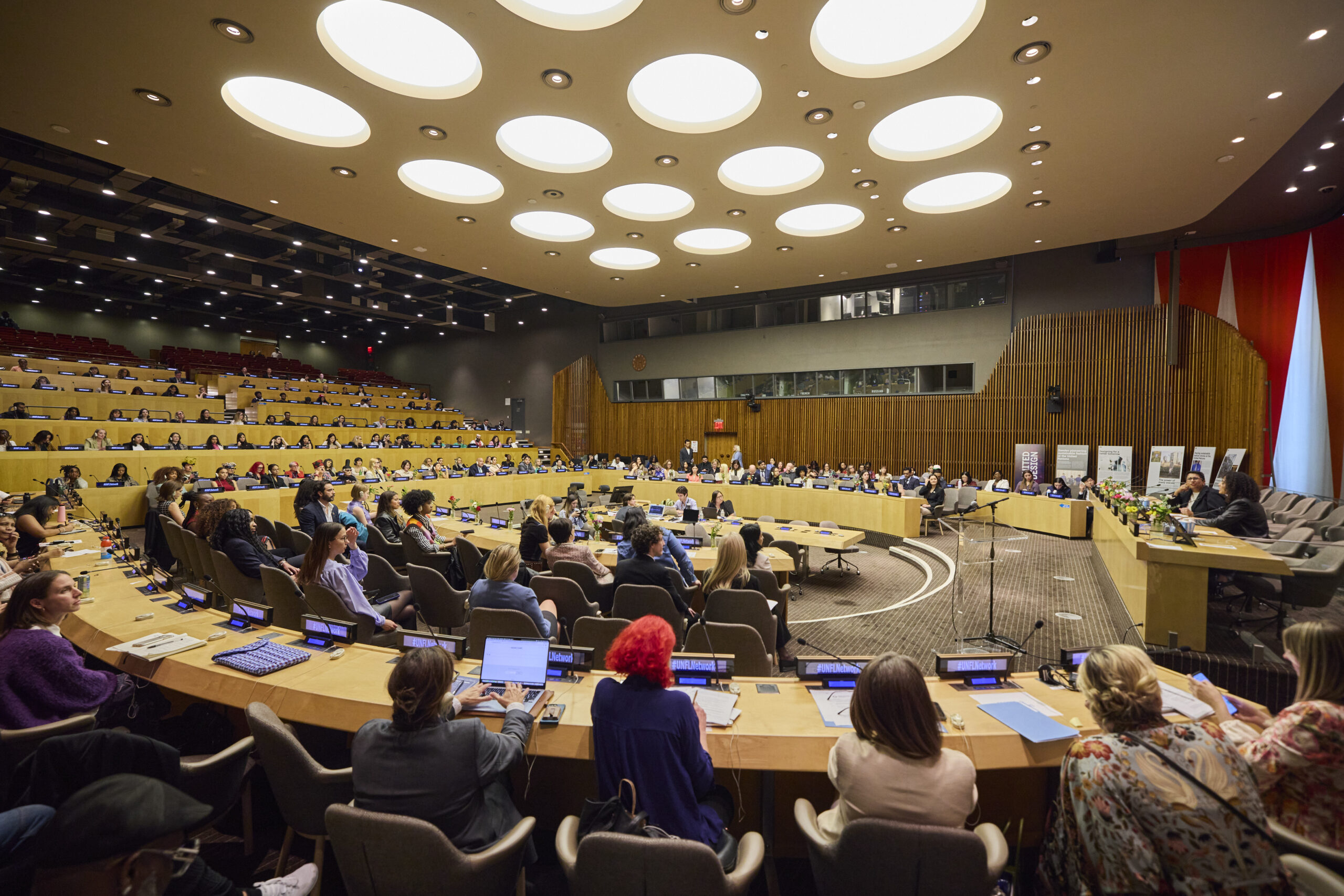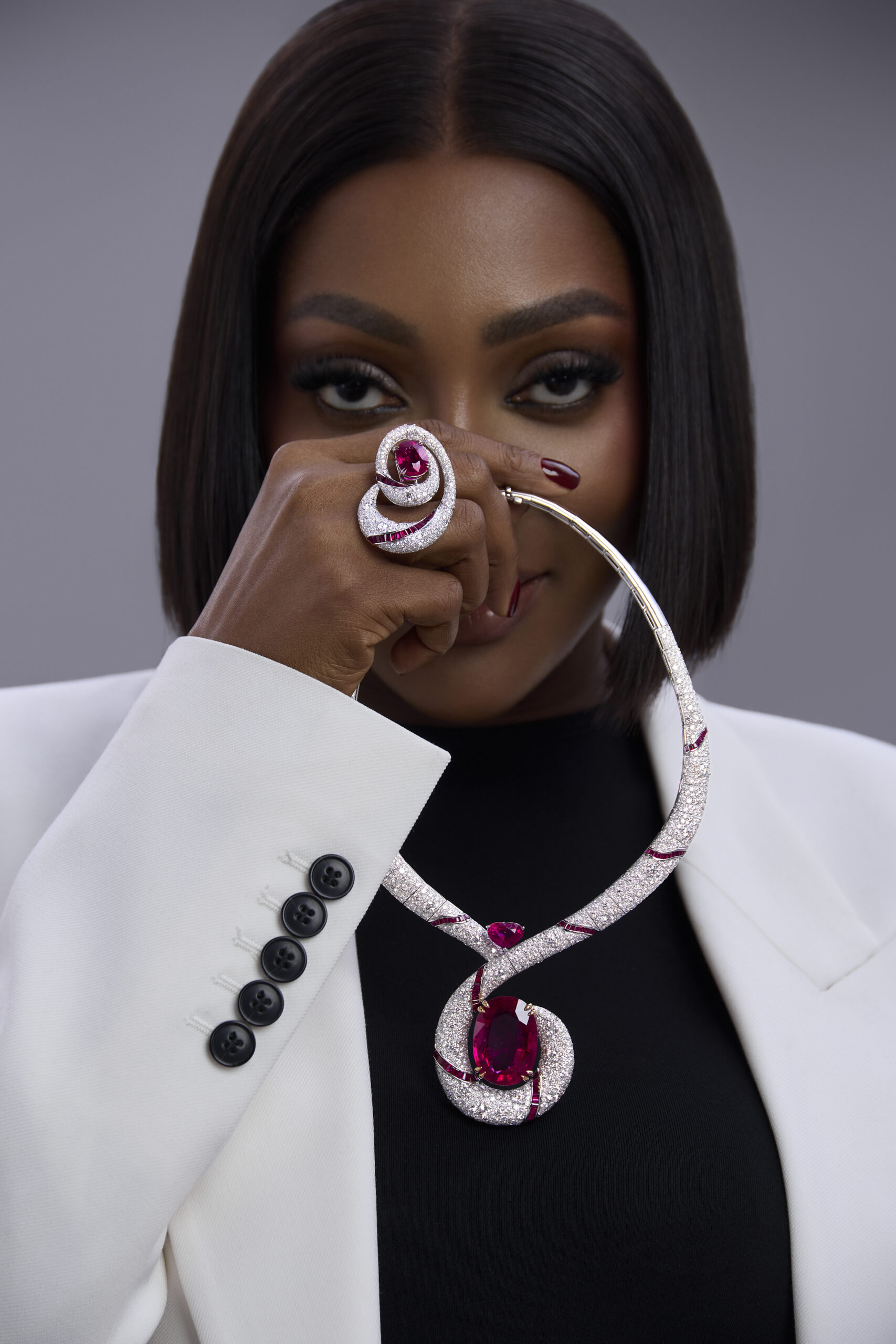It’s impossible to create a film without dressing the actor—through clothing, crucial aspects such as status and character depth are conveyed, making costume designers indispensable in various realms like commercials, events, TV shows, and films. Additionally, creatives handling film graphics, product design, and storytelling through words and visuals significantly amplify the impact and narrative coherence across different mediums. It’s imperative to include African fashion creatives in this global conversation to ensure diversity and inclusion in creative industries.
African fashion has transcended borders, influencing not only the world’s most prestigious runways but also the silver screens of Hollywood and the stages of international music festivals. Icons like Beyoncé and Rihanna have championed African-inspired looks, bringing the exquisite craftsmanship of African designers to a global audience. At the American Black Film Festival (ABFF) 2024, the vibrant pulse of Black excellence and creativity was unmistakable. It’s common knowledge that our founder, Idelle Taye, continually leads the charge to see African fashion embraced by Hollywood and international media. Celebrating its 28th year, ABFF remains a cornerstone for Black artists and filmmakers, providing a dynamic platform for showcasing talent and forging industry connections. Naturally, we at Guzangs were there. Our mission is to bridge the gap for African designers, fostering valuable collaborations that propel their work onto the global stage. As we walked through the streets of Miami, the palpable convergence of cultures and styles was undeniable.
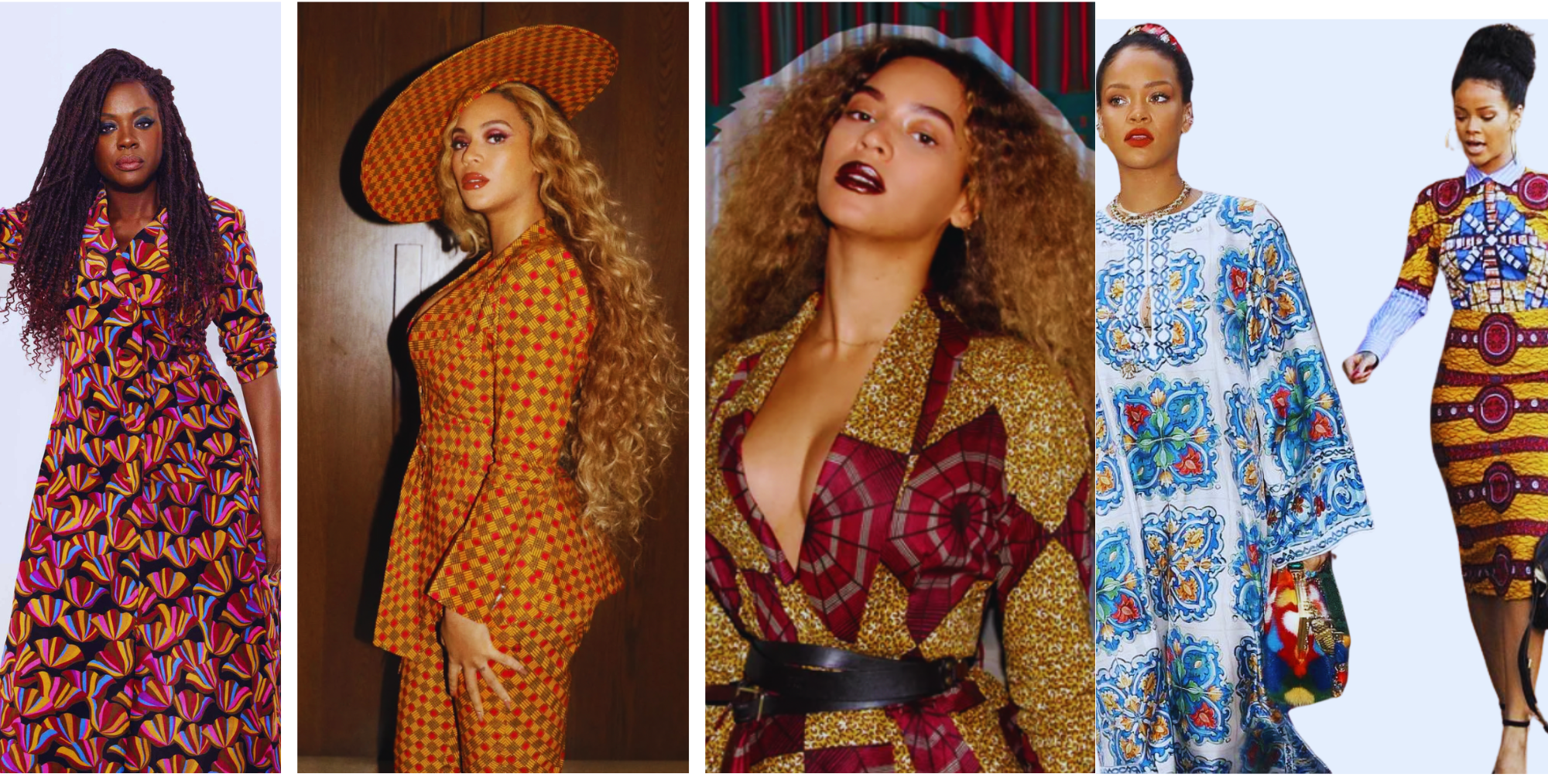
Celebrities like Viola Davis, who consistently support and wear African fashion, play a crucial role in promoting these designers and increasing their global visibility. At ABFF, African fashion was not widespread; vibrant ankara prints were seldom seen, with few striking exceptions like the posters for the film “Chidera,” screened at the festival. However, emerging designers such as Kome Olowu showcased their work in ABFF’s magazine, bringing African fashion to an international audience in Miami. Their presence highlighted both the challenges and successes of breaking into the mainstream. Nigerian rom-com actor Eso Dike also stood out with his dazzling African attire event after event, further underscoring the vibrant influence of African fashion at the event. Amidst Hollywood’s elite, African fashion, in all its rich diversity, awaits its deserved commercial recognition on the international cinematic scene, and we’re here to elucidate why.
We experienced an exceptional moment served to us on a platter of gold at the festival – when American superstar Denzel Washington, whose fashion has been described by GQ as “legendarily cool,” was honored by ABFF for his long-standing contribution to American film and cinema. During his keynote speech to a cheering room of over a thousand fans, he perfectly captured the essence of cultural sharing through art, fashion, film, and television. “The most selfless thing you can do in life is to give,” he said, underscoring the importance of sharing one’s gifts and heritage—an ethos we wholeheartedly embrace.

Sharing culture with the world through art, fashion, film, and television involves crucial avenues such as art and costume design, as well as red-carpet fashion. The incorporation of African fashion in these realms has seen significant evolution. Recently, Ghanaian designer Dede Ayite made history as the first Black woman to win a Tony Award for Best Costume Design of a Play at the 2024 Tony Awards for her work on “Jaja’s African Hair Braiding,” a play set in a Harlem salon written by her – as reported by BBC. Reflecting on her win, Ayite described it as “huge” and expressed hope that it would inspire others to persevere and tell stories that matter to them.
Prior to this, several iconic shows and blockbuster movies celebrated African heritage through costume design, seamlessly weaving cultural narratives into visual storytelling. From “Coming to America” to “Black Panther,” African-inspired designs have profoundly shaped characters’ identities and the visual landscape of these films. Black Panther’s film fashion is a powerful part of black film history that ABFF celebrates, akin to Diana Ross’ colorful wardrobe in ‘Mahogany‘ or Halle Berry’s trademark suit in ‘B.A.P.S.‘

In recent years, Hollywood has also moved away from depicting Africans as exotic and wild, instead seeking to portray individuals with agency more accurately. Hollywood set designers and art directors have integrated African fashion and art into their scenes. For instance, renowned Nigerian painter Ayoola’s artworks were used on the sets of Amazon Prime’s “Harlem” and Ava DuVernay’s “When They See Us,” enhancing the authenticity and depth of visual storytelling.
Reflecting on these developments, the representation of African fashion becomes a crucial topic of conversation, echoing Denzel’s sentiments on the importance of sharing. Beyond financial sustainability, our cultural journey is essential, and fashion plays a significant role in fostering these connections. To advance this conversation, three key aspects need to be investigated and presented:

1. BEYOND CREATIVE WILL, FILM COSTUMING IS HIGHLY SCRIPT-DEPENDENT:
In the realm of film and television, the setting plays a pivotal role in costume, set, and art design. However, these elements are often dictated by the script and setting, limiting creative control. Despite this, it’s crucial to consider something Kenya Barris mentioned during his conversation with Issa Rae at the ABFF’s Creator Conversation: “everything on the screen belongs to the creator” — and we agree. This means that, beyond the pages of the script, all creatives working on a film should be willing to make bold decisions and think beyond what they are given to creatively interpret the pages they work with in intelligent new ways that widen diversity participation and invite curiosity in the minds of viewers.
We spoke with Kara Zeigon, the Hollywood production designer for Amazon Prime’s “Harlem.” When discussing her design approach, Kara explained, “Art is a large focus in my design work. I prefer to work with artists who have a connection to a character or location we are creating.” She emphasized the enrichment and collaborative bond this brings to her shows. Her use of Ayoola’s art, where “Camille” (played by Meagan Good) has a piece from the Blue Woman series prominently displayed above her mantle, illustrates this approach. The vibrant artwork complements the room’s colorful and lively decor, reflecting Camille’s bold and inquisitive nature. Zeigon noted, “Using an artist from Africa in Camille’s apartment was important, both due to her African American roots and her background in anthropology.” The colors of the artwork were carefully balanced with the set dressing to enhance the space and create a focus on the art, anchoring the room and telling Camille’s story. While this was not necessarily in the script, Kara used her intuition and creative intelligence to do this, and we at Guzangs applaud such initiatives, hoping that more Hollywood creatives will make this leap. We literally exist to foster these connections.
2. BEYOND CREATIVE WILL: ACCESS IS KEY:
Access to information and resources is paramount, as exemplified by Marvel’s “Black Panther” Academy Award-winning costume designer Ruth E. Carter’s immersive learning journey to authentically portray diverse African cultures. However, the recent Tony-winning Ghanaian play sheds light on a new challenge. Despite possessing knowledge, Hollywood often lacks awareness of emerging designers and their whereabouts. Despite its brief run, the play garnered five Tony nominations, with Dede Ayite’s costumes playing a pivotal role in its narrative. Ayite acknowledged the vital contributions of costume shops and makers, underscoring their indispensable role in the show’s success. This underscores the importance of access and the need for sensitization to showcase the wealth of talent among designers and fashion creatives, a mission central to Guzangs’ purpose of spotlighting African artists for impactful collaborations.

3. THE DIVERSITY OF AFRICAN FASHION:
A new dimension of access crucially relates to subject-matter expertise, highlighting the third issue of diversity in African fashion representation. Hollywood often portrays African fashion through colorful wax prints or dashikis, as seen in Spike Lee’s “Do the Right Thing” (1989), which is commendable. However, amidst ongoing global collaboration and evolution, it’s essential to educate Hollywood that these prints represent just a fraction of African fashion. While widely worn in Africa and often printed in Europe, these prints should not define the entirety of African fashion, especially in film and television. We’ve already discussed the predominant role the script plays in influencing costume designers, who may sometimes seek a more nuanced and diverse representation beyond the familiar bright prints like wax, Kente, and Maasai cloth. It’s crucial to introduce audiences to the vast diversity of African fashion. For instance, in Nigeria alone, fabrics like Asoke, Alaari, Damask (Sanyan), and Adire hold cultural significance, each specific to different regions or ethnic groups. These fabrics are made from various materials such as cotton and play a role in preserving clothing folklore, reflecting the rich customs and traditions of the diverse African continent.

BEYOND WAX: GOING BEYOND WHAT WE DEFINE AS AFRICAN
Looking beyond wax prints, at Guzangs, we advocate for Hollywood to embrace a wide spectrum of African fashion, from vibrant to subtler styles, seamlessly integrating them into everyday American settings from Nashville to Burbank. As part of our ABFF24 fashion discussion, we had the pleasure of sitting down with Italian-African Imo Ekanem, co-founder of IN D.A. HUB, an organization bridging emerging fashion designers with digital marketing professionals and sustainable fashion experts. Imo’s aligned mission to elevate African fashion on the global stage was palpable as she showcased stunning ensembles by emerging African designers, each piece a testament to Africa’s creative prowess and heritage. We previously connected with her through a South African brand, MySWESWI, which we had featured before, so this moment felt full circle.
“ABFF has been an incredible experience,” Imo remarked. “The positive reception to my outfits reflects the exceptional quality of African fashion. It’s inspiring to see African fashion celebrated on such a grand stage. I am dedicated to fostering vibrant collaborations with artists, creatives, fashion and costume designers, and creating opportunities in film and television.” Throughout ABFF24, Imo was a familiar presence at various events—film premieres, panel discussions, and even the yacht party. Each time, she showcased different styles from emerging and established African designers. Notably, she dressed in a Burundese-Italian design from FRIDA KIZA (featured at Milano Fashion Week), a kimono suit from DOUBLE-TROUBLE (using wax fabrics from Cote d’Ivoire), an outfit from MySWESWI using sustainable mohair wool from South Africa, and a high-quality leather bag from Nigerian brand MORIN-O BAGS.
A major significance lies in embracing emerging, small, and sustainable designers. There’s a growing trend among Brazilians and African Americans to reconnect with their African roots, emphasizing the need for inclusivity and diversity in design.

Africa is rich and diverse, with many African designers redefining traditional fabrics and styles by blending them with contemporary trends, resulting in stunning and unique looks. Some brands are moving away from the colorful and distinctive wax prints (ankara). For instance, Senegalese brand Tongoro opts out of using wax entirely, while Boyde creates elegant designs that seamlessly fit into everyday Western life without relying on wax. South African designer Samkelo Boyde Xaba caters to the sophisticated man, offering simple yet stylish suits that could easily be featured in films set in Croatia or Australia. A distinctive example is Kate Hudson, notably seen in Andrea Iyamah’s Mulan Bikini in the movie “Glass Onion” on Netflix. Celebrities like Beyoncé are also embracing African designers, with Tongoro being a favorite as seen in Beyoncé’s vacation outfits, Renaissance World Tour, and her feature film “Black is King.” Beyoncé has not only incorporated African fashion into her wardrobe but also African art, collaborating with Nigerian artist Laolu Senbanjo, whose work now adorns everyday American fashion items like boots and sneakers. His art was even featured on the Fox TV show “Empire.” This trend has inspired other celebrities like Naomi Campbell and Alicia Keys to explore African fashion. This underscores that beyond words, fashion communicates vibes, and African creatives deserve inclusion just like any other designer in the industry.
Beyond geographical limitations, we must see ourselves in new spaces and act accordingly. In Imo’s words, “The task lies in being intentional, provocative, and engaging in mutual learning, as long as we’re open.” This requires deep study of the history and culture of traditional fabrics and accessories from Mali and many other countries.
Guzangs strives to showcase exceptional craftsmanship and cultivate significant partnerships with leaders in the film industry, as evidenced by its representation at ABFF by communications expert Maliz Mahop. We are dedicated to connecting African designers with the global entertainment industry through meaningful collaborations with celebrities and industry leaders, ensuring that African fashion becomes a timeless presence rather than just a passing trend. We envision a future where African fashion shines brightly in film, television, and commercial endeavors, enriching the global fashion landscape with its unique perspectives and unparalleled talent. Through partnerships with film experts, we aim to bridge cultures and celebrate diversity and creativity in fashion, inspiring generations to come.
About the Festival: Celebrating its 28th year, the American Black Film Festival (ABFF) remains a cornerstone event for Black artists and filmmakers. Since its inception in 1997, ABFF has empowered countless creatives, providing them with a platform to showcase their work and connect with industry leaders. The festival not only highlights a diverse array of entertainment content but also fosters a supportive and dynamic community. ABFF Miami 2024 was a testament to this legacy. The festival brought together enthusiasts of Black culture, industry executives, and content creators for five days filled with screenings, engaging panels, exclusive parties, and invaluable networking opportunities. The impact of ABFF is profound, offering pathways to success for many and reshaping the narrative of representation in film and television.

